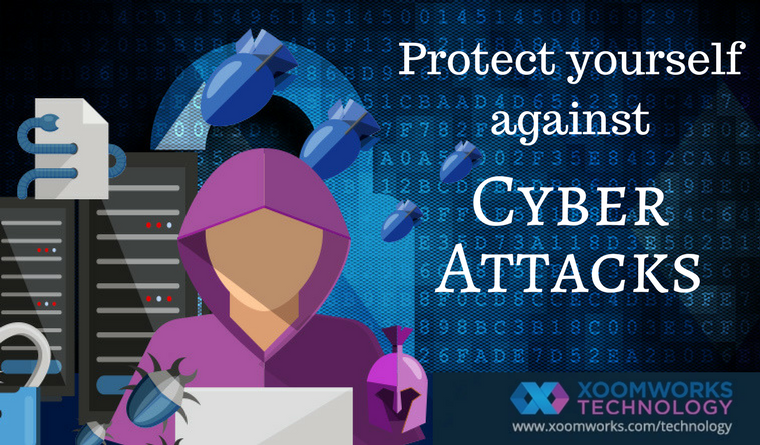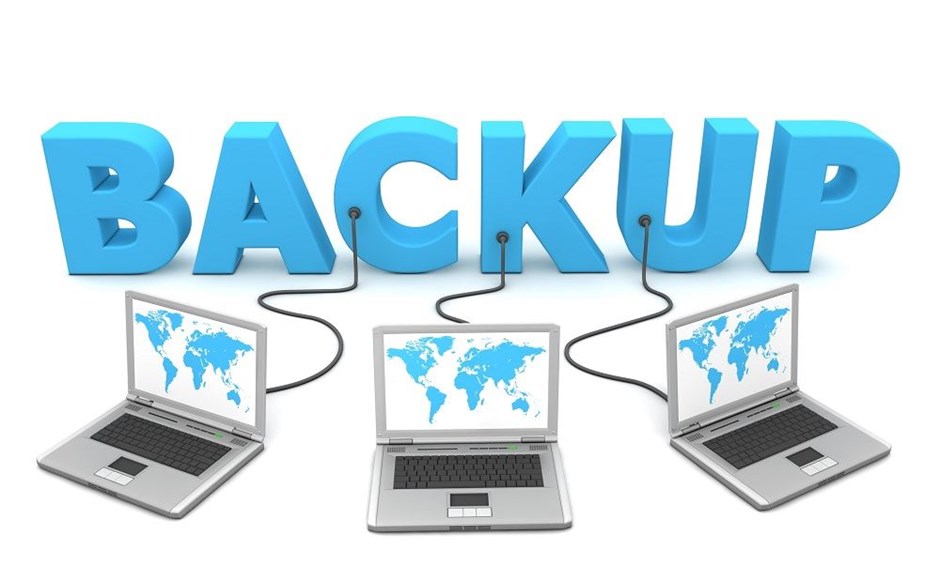When it comes to protecting your information and data, cyber security software is a good place to think about. Keep in mind that it is always important to use a licenced or a supported software.

If it is not a licenced or a supported software, there is a chance that the unlicensed or unsupported cyber security software will not protect you from any online threats (Skillsforcare, 2017). This will then make your computer and other information and data very vulnerable to cyber-attacks.
When it comes to using cyber security software, it is important to use a licenced or supported vision so that the software can protect your computer. It is also important to keep the supported security software up to data as well as any of your personal devices as well.
Delete unknown emails and avoid opening unknown links and attachments

It is always important to know what is in your email and attachment before you open them. To emphasis, never open any suspicious emails and do not open or install any unknown attachments that is in your emails as they may contain fraudulent coding that might steal your information or may contain viruses as well (Skillsforcare, 2017).
To look at the problem more seriously, it is important to confirm the sender’s email address is legitimate. Phishing is a serious issue where scams, which are operate by criminals, would sends thousands of emails to many people (Skillsforcare, 2017). Even though the email may be from a company or even from a friend you may know, you must not open any links or follow any instructions that is specified within the phishing email.
Others dangerous things may include identity theft, viruses and spam (CloudSecureTech, 2016). Always be cautious when opening your emails.
Back up your information and data

Creating back up for your data is extremely important. If a virus runs on your personal devices (e.g. phones, laptops, computers etc.) or a hacker has access to your information, your data and information may be stolen, damaged, held by a ransomware or even attempt to delete your information (Skillsforcare, 2017).
Here is a checklist when backing up your data.
- Up to data – back up of data can go back months or years but it is important to have the current version back up as well.
- How many versions – changes can be made to the data quite frequently. So, if you are making changes to your data, make sure you create a back up version of that copy and store it in a local archive so that you know the changes the you have made.
- Is your data easily accessible – Always make sure that the data is readable and not corrupted when copying it over to a local back up (Ophtek, 2017).
My recommendation, always back up your information and data either on a very secure and safe external hard drive. But if you are travelling or you move around a lot, other storage system like a cloud can also be useful. But preferably, when you are travelling carry USB sticks just in case you need to make a copy of your data.
Never share your passwords
In order to have a good cyber security defences, it is important to have a good and strong password. A strong password contains the following attributes:
- At least have 10 characters (with uppercase, lower case, symbols and numbers)
- Never use common or known passwords (e.g. 1234567)
- Never include personal information in you passwords.
- Use different passwords for different platforms (e.g. all emails the individual has should have a different password)
- Do not store your password on your computer (Center for Internet Security n.d.).
The video (Itz Your Girl Natalia, 2016) below is an example and it demonstrates the consequences of sharing passwords.
Reference List
Center for Internet Security. (n.d.). Do not share your password. Retrieved May 25, 2019, from https://www.cisecurity.org/daily-tip/do-not-share-your-password/
CloudSecureTech. (2016). Types of Email Attacks and The Damage They Can Cause. Retrieved May 25, 2019, from https://www.cloudsecuretech.com/types-of-email-attacks-and-the-damage-they-can-cause/
CloudSecureTech. (2016). Types of Email Attacks and The Damage They Can Cause [image]. (2016, December 25). Retrieved May 25, 2019, from https://www.cloudsecuretech.com/types-of-email-attacks-and-the-damage-they-can-cause/
Codoban, S. (2016). Boost your immunity: How to protect yourself against cyber attack! [image]. xoomworks. (2016, March 25). Retrieved May 25, 2019, from https://www.xoomworks.com/technology/2016/03/25/boost-your-immunity-how-to-protect-yourself-against-cyber-attack/
Itz Your Girl Natalia. (2016). MSP-NEVER SHARE YOUR PASSWORD ! [Video File]. Retrieved May 25, 2019, from https://www.youtube.com/watch?v=e1vckNKq4w8&feature=youtu.be
Ophtek. (2017). The essential local backup checklist [image]. (2017, December 5). Retrieved May 25, 2019, from https://www.ophtek.com/essential-local-backup-checklist/
Ophtek. (2017). The essential local backup checklist. Retrieved May 25, 2019, from https://www.ophtek.com/essential-local-backup-checklist/
Skillsforcare. (2017). An introduction to Cyber Security. Retrieved May 4, 2019, from https://www.skillsforcare.org.uk/Documents/Topics/Digital-working/An-Introduction-to-Cyber-Security.pdf